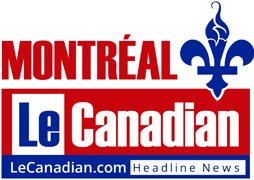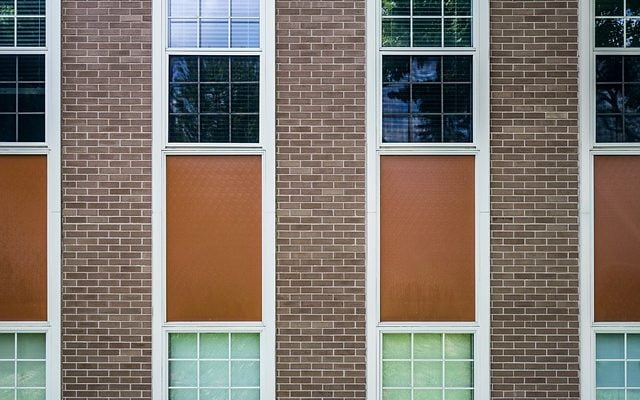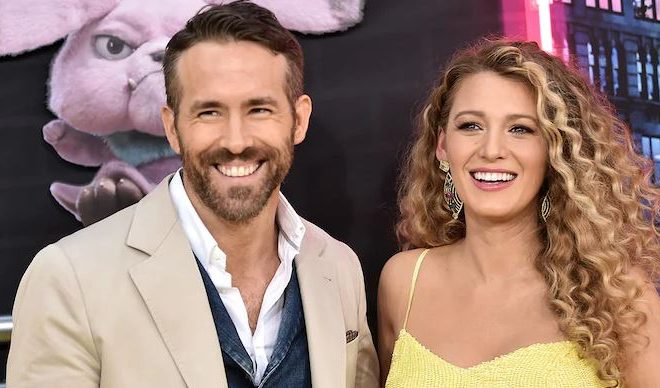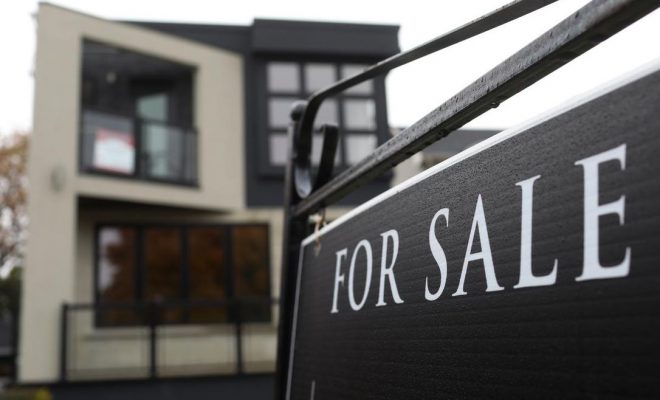To shave or not to shave: How do beards impact the effectiveness of face masks?

Weather is getting cooler and beards are getting bushier as some Canadian men look to add an extra layer of warmth to their faces this winter.
Others, motivated by lockdown measures and extended work-from-home terms, may view this as a perfect time to see how unruly those whiskers can get before a trim is needed.
But as long as mask-wearing is encouraged amid the COVID-19 pandemic, should they worry about facial hair interfering with the effectiveness of face coverings?
Some experts say men should shave their beards in order to obtain the best mask fit, but others say it depends how long the stubble gets, and if their job requires a tighter-fitting respirator.
The CDC has an infographic on facial hair and N-95s on its website, outlining styles that are safe, including handlebar mustaches and soul patches. Other looks – like extended goatees, muttonchops and Van Dykes – cross the seal of the mask and need to go.
Dr. Christopher Labos, a Montreal-based physician, says that advice is fine for health-care workers, but when it comes to regular cloth masks, breaking a seal isn’t as much of a concern.
“If it’s covering your mouth and nose, it’s doing what it’s supposed to do,” he said. “Whether there’s a gap on the side isn’t really here or there because there’s always a gap.”
Dr. Jane Wang, a clinical instructor at UBC who has studied face masks extensively, disagrees.
Wang’s recent research suggests men with beards experience more leakage – droplets expelling through gaps in the mask – than those without. Leaky areas of masks are most prominent around the nose, chin and the cheeks, and pleated masks tend to leak more than other styles.
Having facial hair jutting out of a mask increases that leakage zone, she said. So the most effective way to ensure a cloth mask fits around the face is to remove the beard.
“Having more leaks decreases the filtration,” Wang said, adding that research on mask fit and leaks date back to the 1990s. “So the air we breathe will go through the leak and not the filter of the mask.”
Dr. Lisa Bryski, an emergency-room physician in Winnipeg, has seen many colleagues shave off their beards in order to properly wear masks in the health-care field.
While a cloth covering doesn’t provide the same level of protection as an N-95, Bryski suggests men outside front-line work settings might want to pick up the razor too.
“It’s a personal choice, but anything you do to increase your own protection and protection of others is appropriate in these times,” she said. “Where shaving is not an option, keeping the beard groomed and trimmed may reduce the amount of hair and help with mask seal.”
Bryski acknowledged that for some men, like those in the Sikh community, beards may be an integral part of religious identity.
Sukhmeet Sachal, a second-year medical student at UBC, recognized that and is offering a solution.
Sachal is part of a group that has been handing out modified face masks to Sikh men at gurdwaras, or places of assembly and worship. The masks, made by volunteers, wrap around beards and tie over turbans, offering Sikh men a better alternative than a regular face mask they could buy at a store.
Sachal said he got the idea when he walked into a gurdwara with his father and saw hardly anyone wearing a mask. While he says there may have been a combination of reasons for that, the beards played a part.
“We heard from people directly that there were no masks available for them,” Sachal said. “When they went to the store, they didn’t find any.”
Sachal says hair, whether it’s on your face or head, is seen in Sikhism as a gift from God. Turbans are wrapped around hair to protect it, and most Sikh men refrain from cutting their hair or shaving their beards.
“That’s why these masks are important,” Sachal said. “They allow people to practise their religion while being safe.”
Colin Furness, an epidemiologist at the University of Toronto, looks at beards as a “variable” in how well a mask fits, but “not a determiner.”









